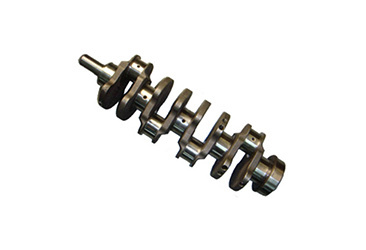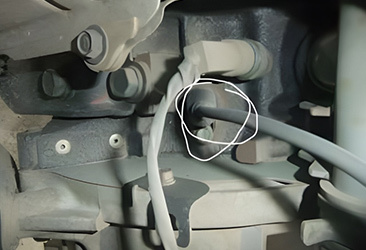Forging process and improvements of passenger car crankshafts
Release time:
2021-10-20
The crank is the connecting part between the main shaft neck and the connecting rod shaft neck, with an elliptical cross-section. To balance inertial forces, there are balancing weights at the crank. The balancing weights are used to counteract the unbalanced centrifugal torque of the engine and sometimes to balance a portion of the reciprocating inertial forces, thus ensuring smooth rotation of the crankshaft. The requirements for dynamic balance during crankshaft processing are very high, necessitating strict batch management in the production process and imposing extremely high demands on consistency and dimensional stability of forged parts within the same batch. The process design for crankshafts and manufacturing of forging molds require high standards, and control during forging must also be precise.
In 2019, national automobile production reached 25.8 million units, with passenger cars accounting for 21.3 million units, and an annual demand for passenger car crankshafts at 23 million pieces. Due to their complex shape, high safety requirements, and minimal machining allowance, passenger car crankshafts present the greatest difficulty in processing among all types of crankshafts; currently, there are very few manufacturers capable of large-scale production. With product updates and replacements, major manufacturers have begun producing energy-efficient and environmentally friendly engines that demand high strength and lightweight designs for crankshafts. In particular, automated production lines for mass-producing passenger car crankshafts are becoming widespread, leading to continuously increasing requirements for forgings; it is essential to select energy-saving and efficient forging processes to keep pace with manufacturer developments.
Latest News









